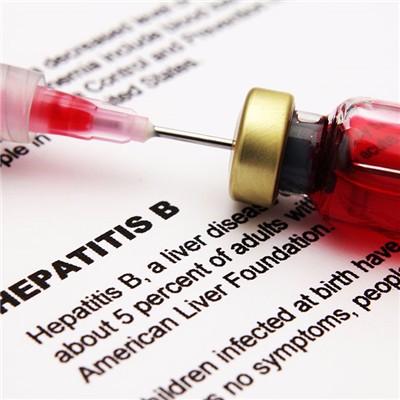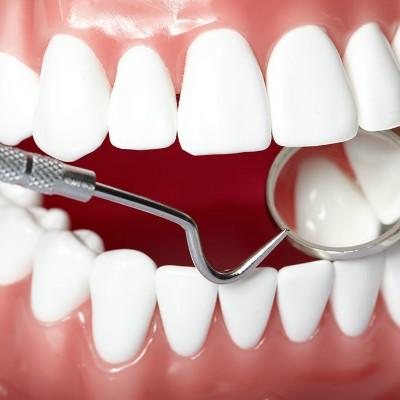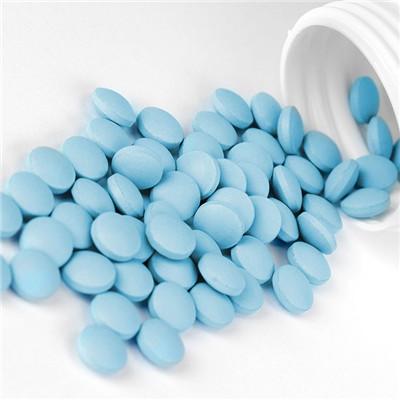Presymptoms of pulmonary hypertension?
summary
Pulmonary hypertension refers to the patients whose mean pulmonary artery pressure is > 3.33kpa (25mmhg) at rest or > 4kPa (30mmhg) during exercise. Since pulmonary vascular resistance is the ratio of the difference between mean pulmonary arterial pressure and mean pulmonary venous pressure and pulmonary blood flow, that is, mean pulmonary arterial pressure is the sum of mean pulmonary venous pressure plus the product of pulmonary vascular resistance and pulmonary blood flow, all factors causing the increase of pulmonary venous pressure, pulmonary blood flow and pulmonary vascular resistance can cause pulmonary hypertension. Pulmonary hypertension is divided into primary and secondary. Presymptoms of pulmonary hypertension? Let's talk about it.
Presymptoms of pulmonary hypertension?
If pulmonary hypertension can be found in time and treated early, many patients can live more than ten years or even be cured as long as their condition is controlled by conventional treatment. However, in the later stage of the disease, with the further increase of pulmonary artery pressure, patients may have asthma, chest pain, dizziness, easy to syncope. Severe patients have symptoms of right heart failure, such as lower limb edema, liver enlargement, and even ascites or pleural effusion. Once the symptoms of right heart failure appear, the prognosis of patients is not optimistic.
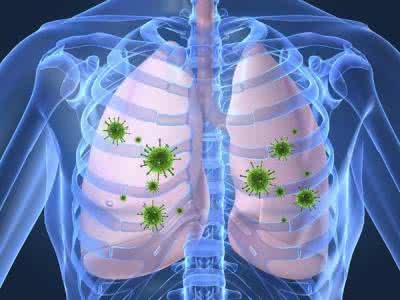
The incidence rate of idiopathic pulmonary hypertension is about 1-2/ million per year, especially incidence rate of female is 36 years old. In the patients with pulmonary hypertension, 60% of them complained of dyspnea, while 98% of them had shortness of breath after exercise. In early patients, dyspnea during activity is the most common manifestation. With the development of the disease, almost all patients will have dyspnea, weakness and physical decline. Asymptomatic patients can be screened by echocardiography, while those with obvious symptoms can be diagnosed by right heart catheterization.

Angina pectoris or chest pain may be caused by right ventricular hypertrophy, decreased coronary perfusion and insufficient blood supply to the myocardium. Chest pain may also be caused by aneurysmal dilatation of the main or main branches of the pulmonary artery. Hemoptysis and pulmonary hypertension can cause the rupture of microvascular aneurysm at the beginning of pulmonary capillary and hemoptysis. The voice began to hoarse, which was caused by the expansion of pulmonary artery and the compression of recurrent laryngeal nerve.
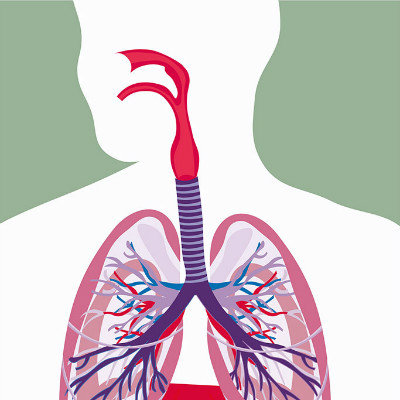
matters needing attention
Although pulmonary hypertension is a highly malignant disease, and its prognosis is similar to that of many advanced cancers, a series of new drugs such as prostacyclin, an endothelin receptor antagonist, can significantly improve the clinical symptoms and quality of life of patients. The 5-year or 10-year average survival rate of patients can be increased by several times. It can be said that pulmonary hypertension is no longer an incurable disease.







